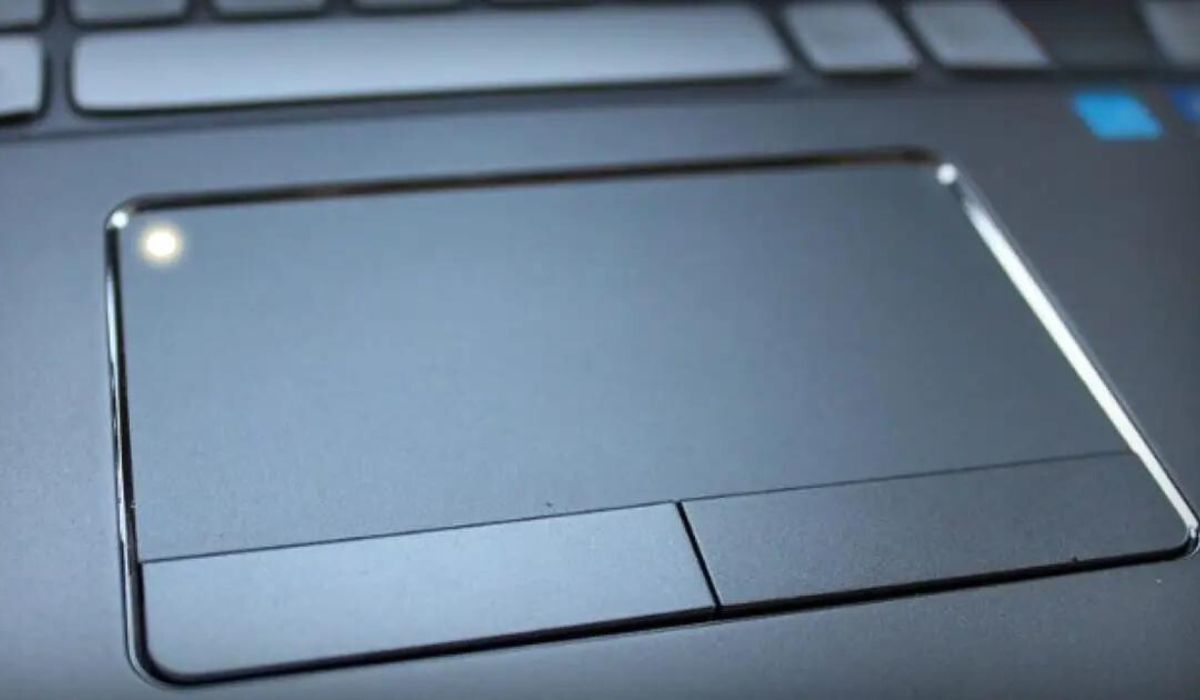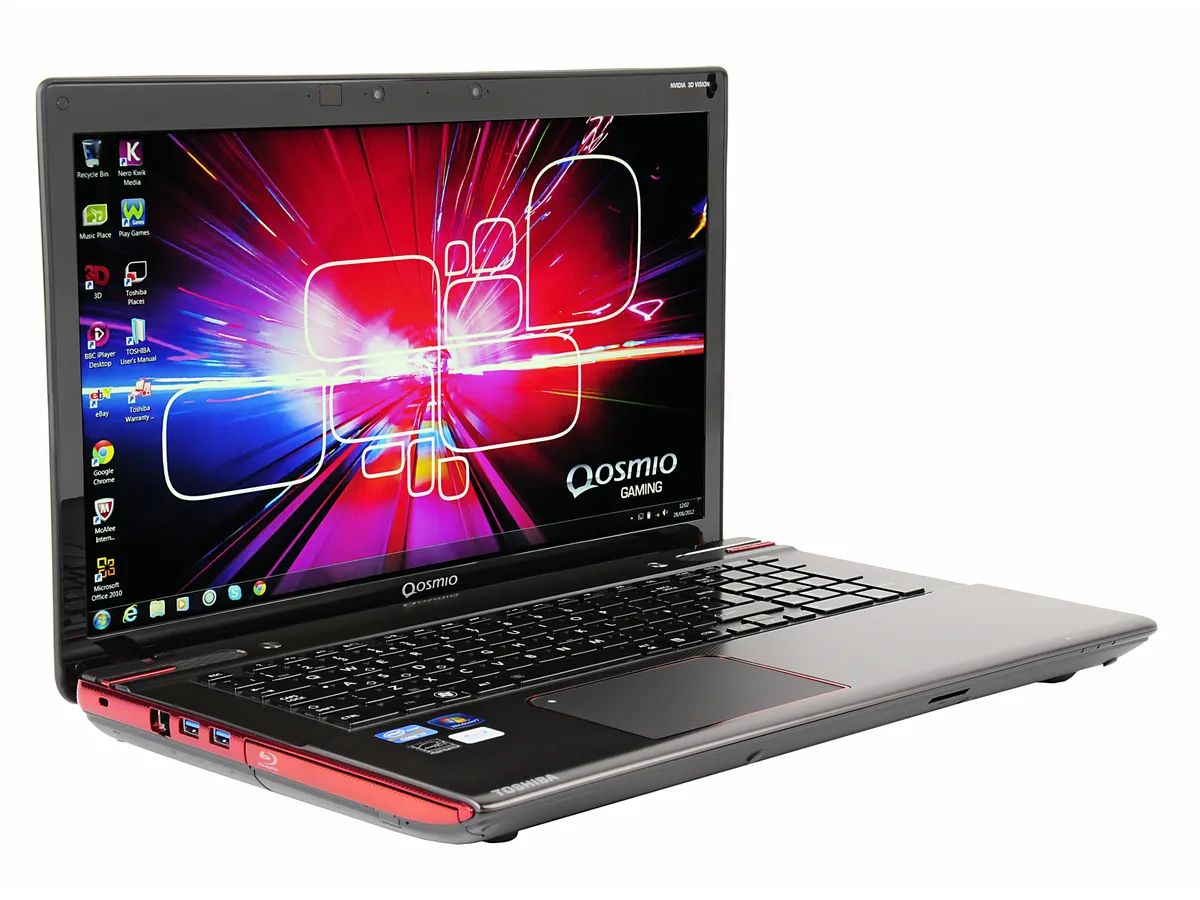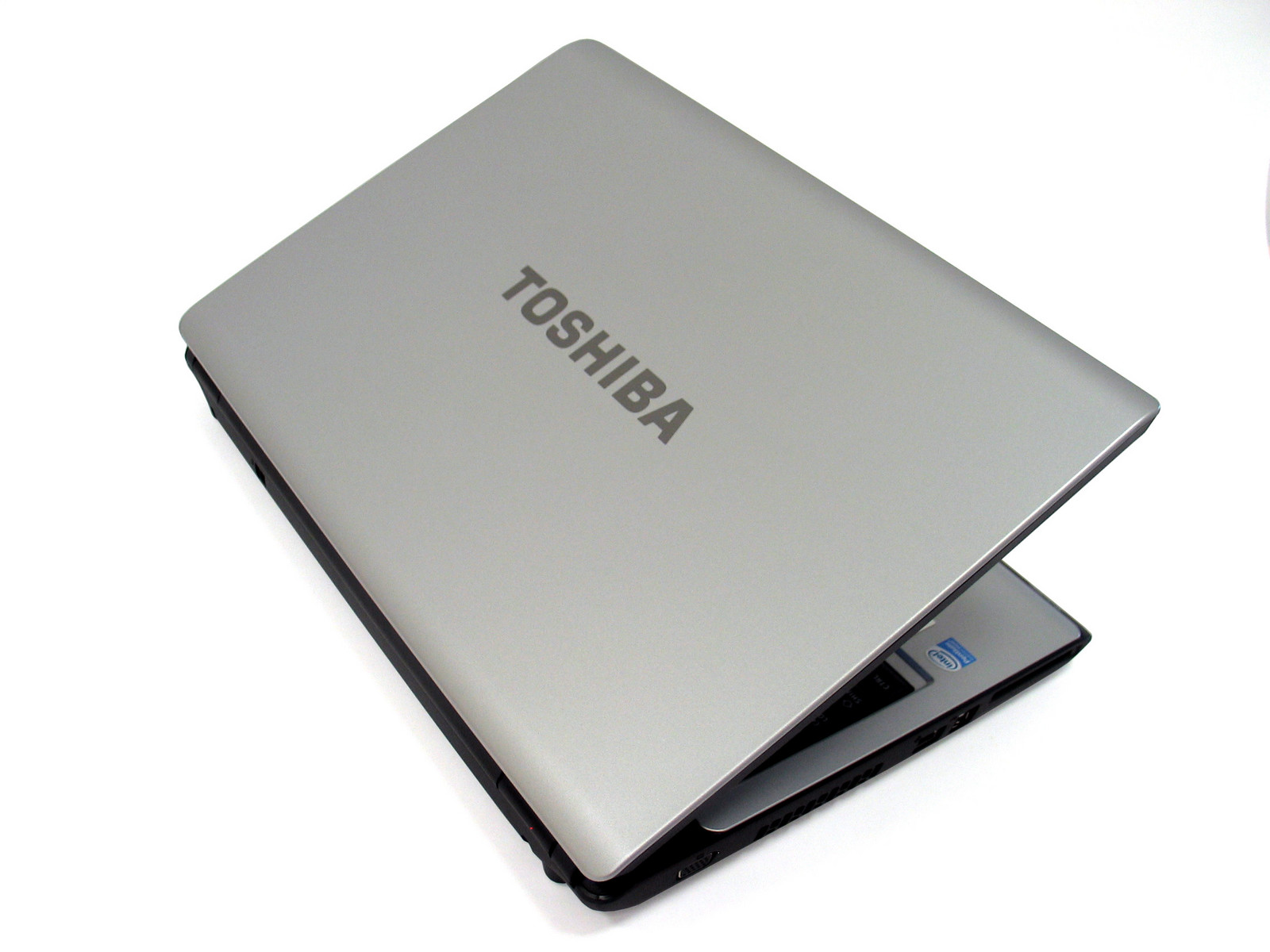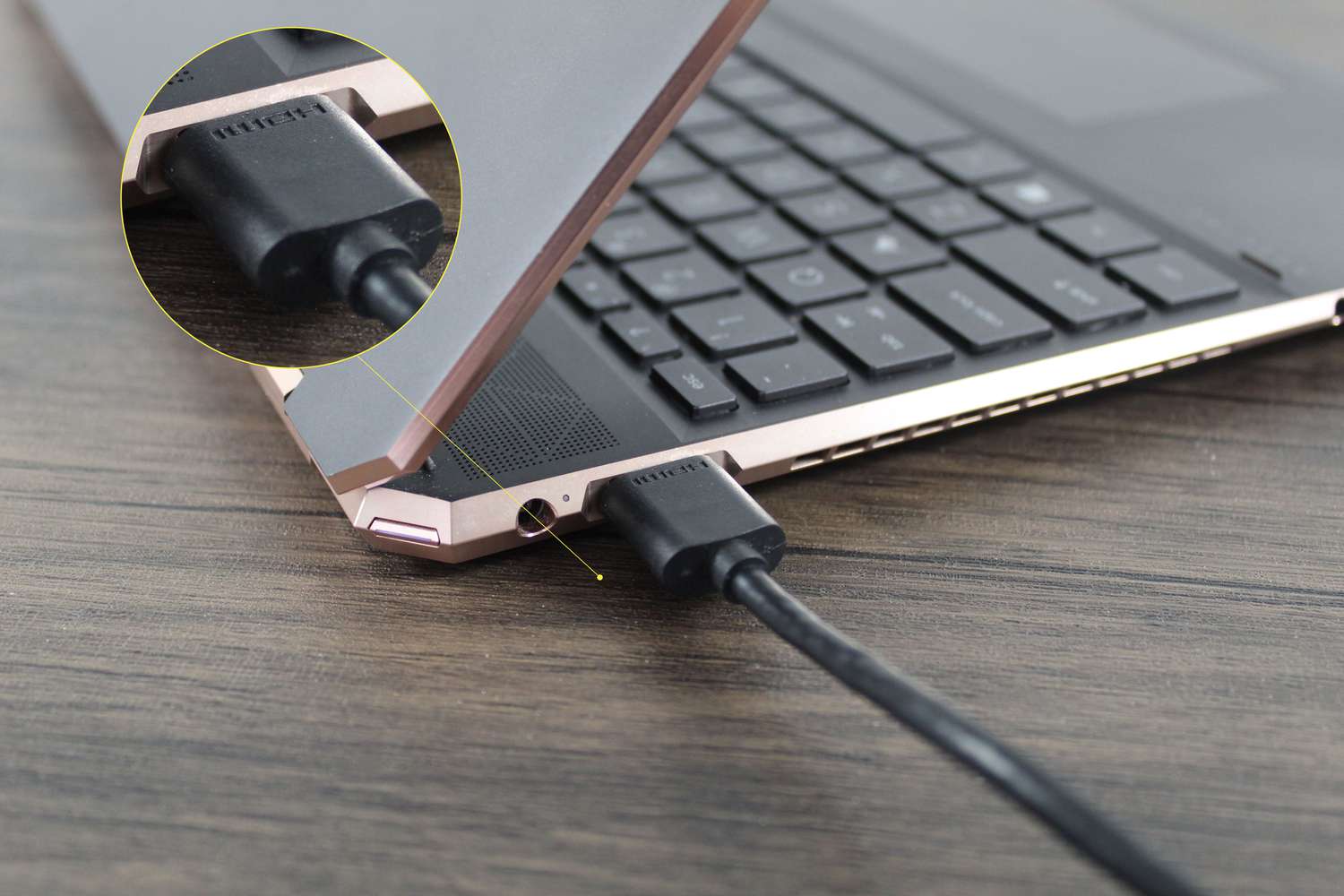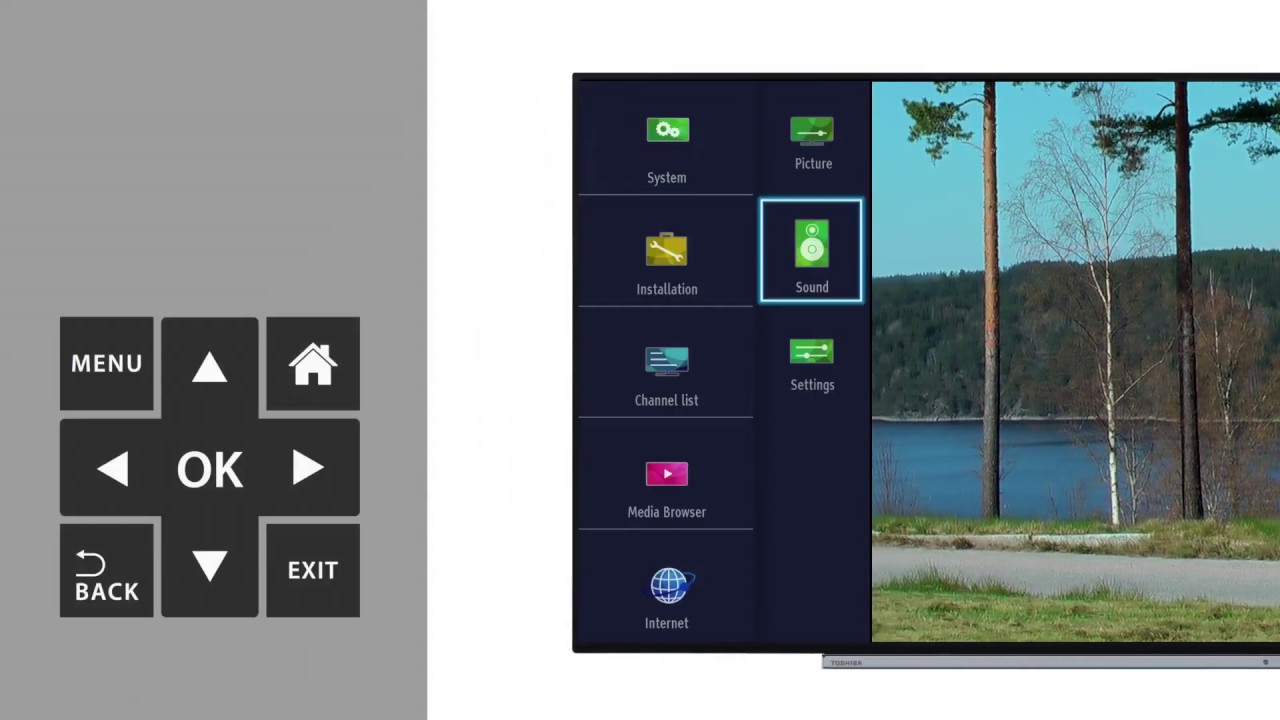Introduction
Welcome to the world of Toshiba laptops, where efficiency meets reliability. However, even the most dependable devices encounter issues from time to time, and one common concern is a malfunctioning mouse pad. If you find yourself in this predicament, fear not! This guide will walk you through the process of troubleshooting and resolving mouse pad issues on your Toshiba laptop.
Whether your mouse pad is unresponsive, erratic, or completely nonfunctional, there are several potential solutions to explore. Before delving into the troubleshooting steps, it’s essential to understand the underlying causes of the problem. Issues with the mouse pad can stem from software settings, outdated drivers, physical obstructions, or even hardware malfunctions. By systematically addressing these potential issues, you can restore your Toshiba laptop’s mouse pad to optimal functionality.
Throughout this guide, we will cover various methods to diagnose and rectify the issues affecting your Toshiba laptop’s mouse pad. From checking the settings and updating the drivers to cleaning and replacing the mouse pad, each step is designed to help you pinpoint and resolve the specific problem plaguing your device. By following these instructions, you can regain seamless control and precision in navigating your Toshiba laptop’s interface.
So, if you’re ready to bid farewell to mouse pad woes and reclaim smooth, effortless navigation on your Toshiba laptop, let’s dive into the troubleshooting process. With a systematic approach and a touch of technical know-how, you can breathe new life into your device’s mouse pad functionality.
Checking the Settings
Before delving into more complex troubleshooting methods, it’s prudent to start with a simple yet crucial step: checking the settings related to the mouse pad on your Toshiba laptop. Oftentimes, inadvertent changes to these settings can lead to unexpected issues with the mouse pad’s functionality. Here’s how you can navigate through the settings to ensure everything is configured correctly.
1. Enable the Mouse Pad: Begin by verifying that the mouse pad is enabled. On your Toshiba laptop, this can typically be done through the system settings or a dedicated function key. Look for the touchpad icon on your keyboard and press the corresponding function key to enable or disable the mouse pad. If the mouse pad was accidentally disabled, reactivating it may swiftly resolve the issue.
2. Adjust Sensitivity and Gestures: Explore the touchpad settings on your Toshiba laptop to fine-tune the sensitivity and gestures associated with the mouse pad. Sometimes, erratic behavior or unresponsiveness can be attributed to sensitivity settings that are misaligned with your usage preferences. By adjusting these settings, you can tailor the mouse pad’s behavior to better suit your needs.
3. Check for Software Updates: Ensure that the touchpad-related software on your Toshiba laptop is up to date. Manufacturers often release updates to improve compatibility and address known issues. Navigate to the system settings or the manufacturer’s website to check for and install any available updates for the touchpad or related drivers.
By meticulously reviewing and adjusting the settings governing the mouse pad on your Toshiba laptop, you can potentially resolve issues stemming from misconfigurations or inadvertent changes. If the issues persist despite verifying the settings, it may be time to explore more advanced troubleshooting methods to pinpoint and address the root cause of the problem.
Updating the Drivers
Outdated or incompatible drivers can significantly impact the performance of the mouse pad on your Toshiba laptop. By ensuring that the drivers are up to date, you can potentially resolve various issues related to the mouse pad’s functionality. Here’s a step-by-step guide to updating the drivers for the mouse pad:
1. Identify the Touchpad Driver: Begin by identifying the specific driver associated with the touchpad on your Toshiba laptop. This can typically be found in the “Device Manager” under the “Mice and other pointing devices” category. Look for the touchpad driver, which is often labeled with the manufacturer’s name and the term “touchpad” or “pointing device.”
2. Check for Updates: Once you’ve located the touchpad driver, right-click on it and select “Update driver.” You’ll be prompted to choose between automatically searching for updated driver software online or browsing your computer for driver software. Opt for the automatic search to allow Windows to seek out the latest driver updates for the touchpad.
3. Manufacturer’s Website: If the automatic search doesn’t yield the desired results, consider visiting the official website of Toshiba or the touchpad’s manufacturer to manually download and install the latest driver for the touchpad. Look for the support or downloads section on the website, enter your laptop’s model information, and locate the updated touchpad driver compatible with your device.
4. Installation Process: Once you’ve obtained the updated touchpad driver, follow the installation instructions provided by the manufacturer. This typically involves running the installer and following the on-screen prompts to complete the installation process. After the new driver is installed, restart your laptop to ensure that the changes take effect.
By updating the touchpad drivers on your Toshiba laptop, you can address potential compatibility issues, software glitches, and performance-related concerns that may be affecting the mouse pad’s functionality. If the issues persist after updating the drivers, it may be necessary to explore additional troubleshooting methods to pinpoint and resolve the underlying cause.
Cleaning the Mouse Pad
Over time, the mouse pad on your Toshiba laptop may accumulate dust, debris, or residue, leading to diminished responsiveness and erratic behavior. Cleaning the mouse pad is a simple yet effective way to address these issues and restore its optimal functionality. Here’s a comprehensive guide to cleaning the mouse pad on your Toshiba laptop:
1. Power Off and Unplug: Before initiating the cleaning process, ensure that your laptop is powered off and unplugged to prevent any electrical mishaps. This precautionary measure is crucial when working on the sensitive components of your device, including the mouse pad.
2. Use a Soft, Lint-Free Cloth: Gently wipe the surface of the mouse pad with a soft, lint-free cloth. Microfiber or eyeglass cleaning cloths are ideal for this purpose, as they are non-abrasive and adept at capturing dust and residue without causing damage to the mouse pad’s surface.
3. Mild Cleaning Solution: If the surface of the mouse pad exhibits stubborn stains or residue, lightly dampen the cloth with a mild cleaning solution. Opt for a mixture of water and isopropyl alcohol or a specialized electronic cleaning solution. Avoid using excessive moisture, and ensure that the cloth is only slightly damp to prevent any liquid from seeping into the internal components of the laptop.
4. Circular Motions and Gentle Pressure: When cleaning the mouse pad, employ gentle circular motions and apply minimal pressure to dislodge any debris or residue. Avoid using abrasive materials or vigorous scrubbing, as these can damage the sensitive surface of the mouse pad.
5. Allow to Air Dry: After cleaning the mouse pad, allow it to air dry for a brief period before powering on your laptop. This ensures that any residual moisture evaporates completely, preventing potential issues associated with dampness.
By incorporating regular cleaning into your laptop maintenance routine, you can mitigate the impact of dust and residue on the mouse pad’s functionality, promoting smooth and consistent navigation. If cleaning the mouse pad doesn’t alleviate the issues, further troubleshooting methods may be necessary to identify and address the underlying causes of the problem.
Replacing the Mouse Pad
If the issues with your Toshiba laptop’s mouse pad persist despite thorough troubleshooting and cleaning, it may be necessary to consider replacing the mouse pad. While this task requires careful attention and precision, it can effectively address persistent malfunctions and restore seamless functionality to your device’s input mechanism. Here’s a guide to replacing the mouse pad on your Toshiba laptop:
1. Obtain a Replacement Mouse Pad: Before initiating the replacement process, acquire a compatible replacement mouse pad designed for your specific Toshiba laptop model. You can often find genuine replacement parts through authorized dealers, online retailers, or the manufacturer’s official website.
2. Power Off and Unplug: As with any maintenance involving internal components, power off your laptop and unplug it from any electrical sources to ensure safety during the replacement process.
3. Disassembly: Depending on the laptop model, accessing the mouse pad for replacement may involve partial disassembly of the device. Refer to the laptop’s service manual or online guides specific to your model for detailed disassembly instructions. Exercise caution and precision when removing the necessary components to access the mouse pad.
4. Disconnect and Remove the Old Mouse Pad: Carefully disconnect the cable or ribbon connecting the old mouse pad to the laptop’s internal circuitry. Remove any securing screws or adhesive securing the mouse pad in place. Take note of the orientation and arrangement of the components for reference during the installation of the replacement mouse pad.
5. Install the Replacement Mouse Pad: Align the replacement mouse pad with the designated mounting points and carefully reconnect the cable or ribbon to the laptop’s internal circuitry. Secure the replacement mouse pad in place using the appropriate fasteners or adhesive, ensuring a snug and stable fit.
6. Reassembly and Testing: Once the replacement mouse pad is installed, reassemble the laptop by following the disassembly steps in reverse order. After reassembly, power on the laptop and test the functionality of the new mouse pad to ensure that it responds accurately and consistently.
By replacing the mouse pad on your Toshiba laptop, you can address persistent issues and restore reliable input functionality to your device. If the replacement process seems daunting, consider seeking assistance from a qualified technician to ensure a seamless and successful outcome.
Conclusion
Addressing mouse pad issues on your Toshiba laptop requires a systematic approach and a keen understanding of the potential causes and solutions. By checking the settings, updating the drivers, cleaning the mouse pad, and, if necessary, replacing the mouse pad, you can navigate through a comprehensive troubleshooting process to restore optimal functionality to this essential input device.
Throughout this guide, we’ve explored the multifaceted nature of mouse pad issues and provided actionable steps to diagnose and resolve these concerns. Whether it’s a simple setting adjustment or a more involved replacement process, the key is to approach the troubleshooting process with patience and precision.
Understanding the intricacies of your Toshiba laptop’s mouse pad and its interaction with the software, drivers, and physical components empowers you to effectively address a wide range of issues. By systematically evaluating and addressing each potential cause, you can regain seamless control and precision in navigating your device’s interface.
Remember, regular maintenance and attentive care for your laptop’s input devices can prolong their lifespan and ensure consistent performance. Incorporating periodic cleaning and software updates into your maintenance routine can mitigate the impact of common issues and prevent more severe malfunctions.
Should you encounter persistent issues with your Toshiba laptop’s mouse pad that remain unresolved despite thorough troubleshooting, seeking professional assistance from authorized service providers or technicians familiar with Toshiba laptops is advisable. Their expertise and specialized tools can provide a swift and effective resolution to complex issues that may necessitate professional intervention.
By leveraging the insights and strategies outlined in this guide, you can navigate the troubleshooting process with confidence and precision, ensuring that your Toshiba laptop’s mouse pad remains a reliable and responsive component of your computing experience.











